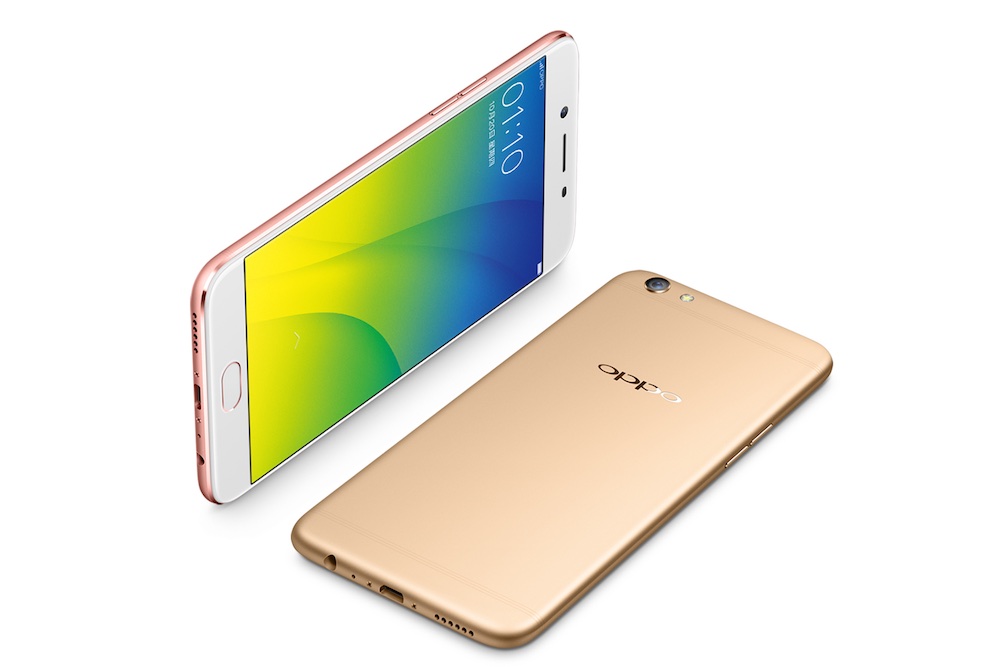These 3 Rapidly Growing Chinese Smartphone Makers Aim to Overtake Apple and Samsung

Toggle Dark Mode
While Apple and Samsung continue to enjoy global brand recognition and dominate the high-end smartphone market, the largest Chinese smartphone makers have been steadily encroaching on their market share and making waves in the process.
Chinese smartphone companies enjoy several competitive advantages, chief among them being the tax breaks, loans, and lower labor and environmental standards granted by the Chinese government. They also have access to the sprawling low-cost manufacturing infrastructure of Shenzhen, which has quickly grown into an electronics powerhouse.
As such, the top three Chinese corporations – respectively, Oppo, Vivo, and Huawei – already have a firm grip on their home turf, which is the largest smartphone market in the world. They accounted for around half of the Chinese market in Q3 2016, according to market research firm IDC.
Worldwide, nine of the top twelve smartphone makers are based in China and account for one-third of the global smartphone market, according to CounterPoint Technology Market Research.
Having dominated their home market, which is becoming saturated, the question is whether Chinese upstarts are viable contenders to supplant more established household names like Samsung, Apple, and LG.
Since its first smartphone debuted in 2011, Oppo has surged both domestically and abroad, and currently sits at the No. 4 slot in the global smartphone market. Its smartphones, ranging from the F1s to the R9s, bear a striking resemblance to the iPhone 6s Plus, whereas its forthcoming flagship, Find 9, is expected to have a near-bezel-less display like the Galaxy S8.

Beyond replicating the aesthetic of Apple’s top-shelf products, Oppo’s smartphones offer attractive features like quicker charging and a lower price point, which have made it a popular choice in China’s small and mid-sized cities, according to CNN Money.
Vivo and Oppo are close competitors in the Chinese market that share many similarities, including the same founder, BBK Group chairman Duan Yong Ping. Vivo’s affordably-priced smartphones offer enhanced camera features that play well in China, where selfie-snapping is a popular obsession. This, along with an effective marketing campaign featuring celebrity endorsements, has helped it soar to second place in China and fifth in the world.
Of the Big Three, Huawei is poised to mount the most effective challenge against the two giants that dominate the world smartphone market. It has the greatest global profile of Chinese smartphone companies and is currently the world’s third largest smartphone maker, nipping at Apple’s heels. One reason for its success is the sheer breadth of its involvement in the telecommunications industry. Huawei has been the No. 1 seller of network communications equipment globally since 2014, when it usurped Ericsson’s throne. According to a Fortune feature, the telco manufacturing giant makes everything from telecommunications networks, to smartphone chipsets, to the devices themselves.
By plowing its networking sales profits back into R&D, Huawei has evolved into a smartphone maker whose flagships are comparable to and resemble the iPhone and Galaxy series. The Mate 9 Pro which was released last fall, has dual-curved edge display and a Samsung-esque oval home button, making it look like a close relative of the ill-fated Galaxy Note 7 and a true competitor in the high-end smartphone market. Huawei’s tremendously successful Honor series, on the other hand, offers a lower price point and still accounts for a third of its sales.
With high-end product offerings, Huawei’s profit margins and sales have soared accordingly, with shipments growing 30% to 140 million units, or $26.5 billion worth of smartphones in 2016. Now, Huawei has publicly announced to Fortune that it aims to overtake Apple as the world’s No. 2 smartphone seller by 2018.






